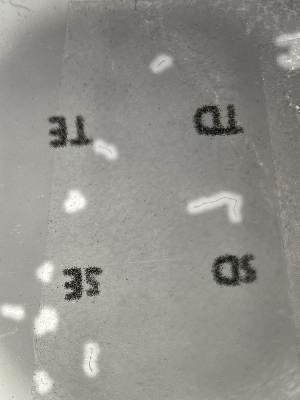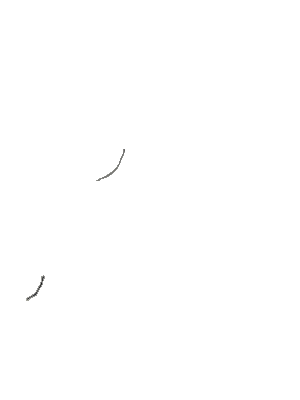Summary of results #P128
Summary for Sample 1
Image 1
| Total number of fibres found: | 13 |
|---|---|
| Density (number of fibres per cm2): | 10 |

Highlighted areas show the fibres automatically detected. We will also count them by eye and learn how well the program is working.


Image 2
| Total number of fibres found: | 2 |
|---|---|
| Density (number of fibres per cm2): | 1 |

Highlighted areas show the fibres automatically detected. We will also count them by eye and learn how well the program is working.


Image 3
| Total number of fibres found: | 18 |
|---|---|
| Density (number of fibres per cm2): | 11 |

Highlighted areas show the fibres automatically detected. We will also count them by eye and learn how well the program is working.


Image 4
| Total number of fibres found: | 4 |
|---|---|
| Density (number of fibres per cm2): | 2 |

Highlighted areas show the fibres automatically detected. We will also count them by eye and learn how well the program is working.


